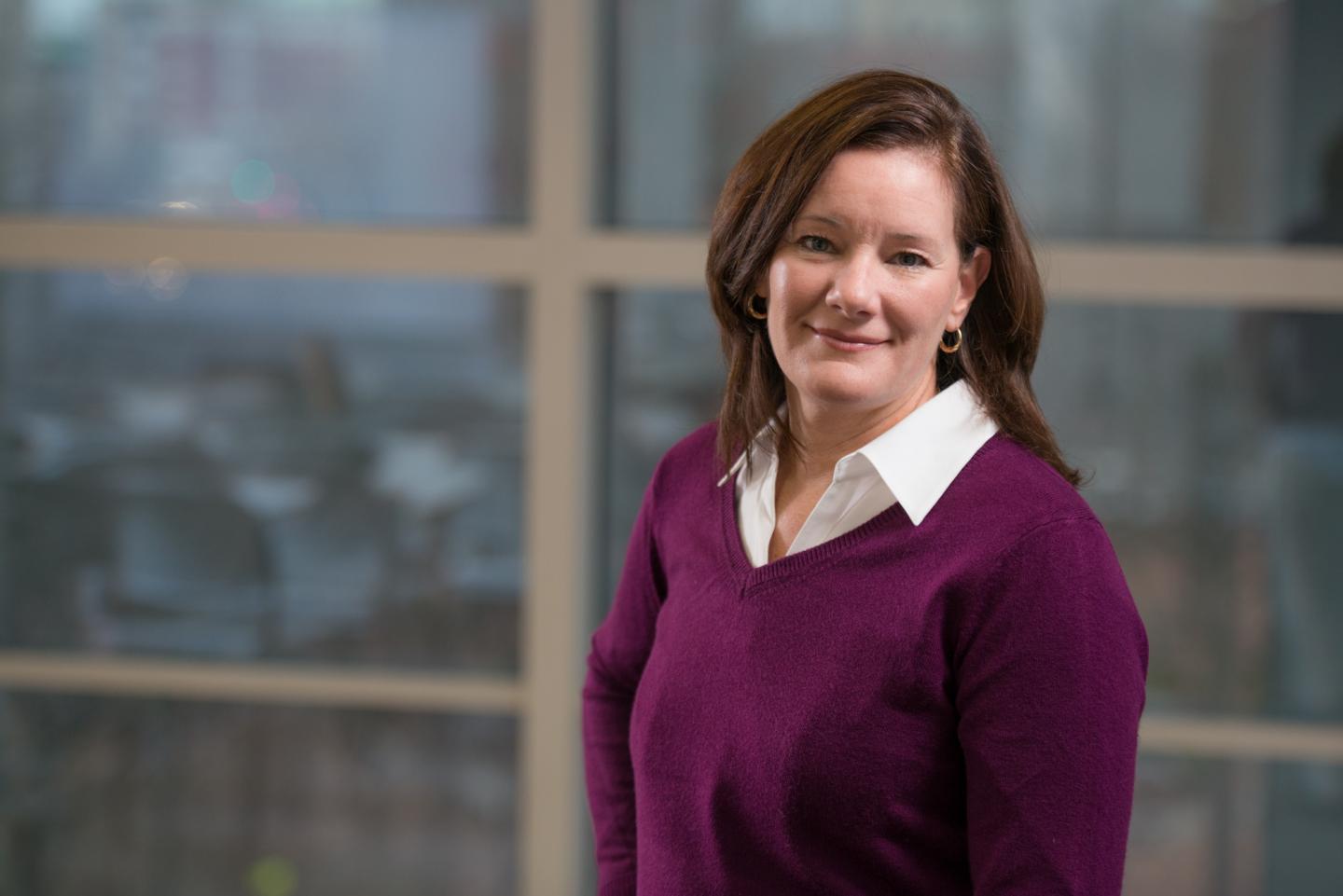Dr. Rosemarie Martin is an Assistant Professor at the Center for Alcohol and Addiction Studies at the Brown University School of Public Health. In addition, she is also the part of Governor Raimondo’s Overdose Prevention and Intervention Task Force. Her role in this group is that of an evaluator of the Medication-Assisted Treatment (MAT) program.
What state was Rhode Island in prior to the beginning of MAT? What programs were in place prior to the initiation of MAT?
Compared to the overall Rhode Island population, the criminal justice population has a much higher rate of overdose. With respect to the criminal justice system, 21% of overdoses were recent prisoners and 60% of overdoses had a criminal justice history. Nearly 25% of individuals in state facilities reported overdose in the two weeks immediately following their release. Then, the governor put together the task force at which point the medical director at the Department of Corrections requested $2 million from the General Fund and contracted with CODAC, a community provider already providing treatment. Receiving these funds from the state allowed CODAC to expand their treatment program. CODAC has been in the prisons since the 1970s.
Based on the data you’ve collected so far, what changes have you seen in the MAT program? Further, what changes do you believe need to be made?
One example of the changes we have made is adjusting the medication administration time. Patients were complaining that they couldn’t sleep because the medication, which was being administered at night, was interrupting their sleep cycle. As a result, we moved the administration time to morning which has resulted in great improvements. Also, modifying the screening time with the commitment nurse so that more people would get screened. We found that 74% of patients continue to engage in treatment after they released. Of those individuals, the breakdown is pretty interesting. Of those that are already on treatment prior to coming into prison, close to a 100% will continue their treatment after release. We need to expand access to treatment for new patients. Upon release, only 35% of them will reconnect with MAT in the community. To address this issue, we have additional discharge planners that work with newly released prisoners to ensure their health and safety.
Rhode Island is the first state to implement a MAT program. What kind of barriers do you see in the way of implementing these programs in other states?
Going forward, one thing is cost. There are also concerns around skepticism. The purpose of correctional facilities is to keep substances out of the walls. Contrary to this thinking, wardens from other states, when conducting site visits in Rhode Island, have said that there are less drugs in the facilities because demands are being met with medication for opioid use. However, the primary concern we hear from other jurisdictions is the the burden it will cause on the system. For example, the medication administration times are becoming exponentially longer. This is burdensome to the staff, nurses, and ward clerks. You have to build the capacity within the facility to make this work. You need to have enough providers to prescribe, to do the assessments, the physical exams, and do the monitoring of the medication. Even if you can get the administration on board, it’s your security officers that are dealing with the population. It is incredibly helpful when correctional officers buy into the program.
